
Innovative Smart Hospital Beds Technology Transforming Care
Smart hospital bed technology is revolutionizing patient care by combining advanced positioning capabilities, integrated monitoring systems, and connectivity features that enhance both patient outcomes and caregiver efficiency.
These technological advances represent a significant evolution from traditional hospital beds, offering unprecedented capabilities that address critical challenges in modern healthcare.
Key Takeaways:
- Smart hospital bed technology integrates advanced positioning, monitoring, and connectivity features
- Electronic memory functions save preferred positions for consistent therapeutic positioning
- Integrated monitoring capabilities track patient vital signs and movement patterns
- Connectivity features allow caregivers to monitor and adjust beds remotely
- Advanced smart beds can reduce pressure injuries by 60% and falls by up to 40%
- Modern electric hospital beds offer varying levels of smart technology for different care needs
Top Smart Hospital Bed Features Transforming Care
Understanding Smart Hospital Bed Technology
The concept of smart hospital bed technology encompasses a range of innovative features beyond simple electric articulation. Today's advanced hospital beds function as integrated healthcare platforms that combine therapeutic positioning, patient monitoring, data collection, and connectivity in unified systems designed to improve care quality while reducing complications.
At MedShopDirect, we offer a selection of hospital beds with varying degrees of smart technology integration, from basic electronic memory functions to advanced monitoring capabilities. These innovations mark a significant advancement in types of electric beds for home use, bringing clinical-grade intelligence to residential care settings.
Let's explore the key components and benefits of cutting-edge smart hospital bed technology and how these innovations are transforming healthcare delivery.
Core Elements of Smart Hospital Bed Technology
Modern smart hospital beds incorporate several essential technological elements that work together to enhance care:
Advanced Positioning Systems
Smart hospital beds feature sophisticated positioning capabilities that go beyond basic articulation:
- Programmable Memory Positions: Save therapeutic positions for consistent care delivery
- One-Touch Positioning: Automated transitions between pre-programmed positions
- Trendelenburg/Reverse Trendelenburg: Precise angle control for respiratory and circulatory management
- Auto-Contour Technology: Synchronized movement preventing patient sliding during position changes
- Zero-Gravity Positioning: Weight distribution optimization for pressure relief
These advanced positioning features help address specific medical conditions while enhancing comfort and preventing complications.
Integrated Monitoring Systems
Leading smart hospital bed technology incorporates sophisticated monitoring capabilities:
- Pressure Mapping Systems: Real-time monitoring of pressure distribution to prevent injuries
- Patient Position Monitoring: Tracks patient movement and position changes
- Bed Exit Detection: Alerts caregivers when patients attempt to exit the bed
- Vital Sign Integration: Some advanced models monitor heart rate, respiratory rate, and sleep patterns
- Weight Monitoring: Integrated scale systems track weight fluctuations without transfers
These monitoring features create an intelligent care environment that provides valuable clinical insights while enhancing safety.
Connectivity Features
Modern smart beds connect with healthcare systems and devices:
- EMR Integration: Data transmission to electronic medical records
- Mobile Applications: Remote monitoring and control via smartphone applications
- Care Team Alerts: Notifications for position changes, bed exits, or vital sign concerns
- Voice Control: Voice-activated adjustments for enhanced independence
- Integration with Home Systems: Connection with smart home platforms
This connectivity transforms hospital beds from passive furniture into active components of the healthcare ecosystem.
Smart Bed Technologies for Enhanced Patient Care
Smart hospital beds incorporate specialized features that address key healthcare challenges:
Pressure Injury Prevention Technology
Advanced pressure management features represent a cornerstone of smart hospital bed technology:
- Dynamic Surface Monitoring: Real-time pressure mapping identifies high-risk areas
- Automated Redistribution: Some systems automatically adjust to redistribute pressure
- Microclimate Management: Controls temperature and moisture at skin-surface interface
- Intelligent Mattress Integration: Smart beds communicate with hospital bed mattress systems
- Position Change Reminders: Alert caregivers when repositioning is due
These technologies can reduce pressure injury incidence by up to 60% compared to standard hospital beds.
Fall Prevention Innovations
Smart beds incorporate numerous features to reduce fall risk:
- Predictive Exit Monitoring: Detects pre-exit movements to provide earlier alerts
- Graduated Alarm Systems: Multiple alert levels based on movement patterns
- Auto-Lowering: Some systems automatically lower bed height when side rails are down
- Night Lighting: Integrated floor illumination for safer nighttime navigation
- Perimeter Notification: Alerts when patients approach bed edges
Low hospital beds with smart features provide comprehensive fall prevention, reducing incidents by up to 40% in clinical settings.
Sleep Quality Enhancement
Smart beds optimize rest and recovery:
- Sleep Cycle Monitoring: Tracks sleep phases through motion and physiological indicators
- Personalized Comfort Adjustments: Adapts support based on individual preferences
- Auto-Response Positioning: Some systems respond to breathing changes during sleep
- Disturbance Minimization: Quiet operation and reduced vibration during adjustments
- Circadian-Supportive Lighting: Integrated lighting that supports natural sleep cycles
These features can significantly improve sleep quality, which directly impacts healing and recovery outcomes.
Additional Smart Hospital Bed Innovations
Let's explore some additional smart beds that address specialized care needs:
Medacure LX-BARI-CLS Smart Trendelenburg Hospital Bed
The Medacure LX-BARI-CLS represents advanced smart hospital bed technology designed for clinical applications that require precise positioning control and stability. This sophisticated hospital bed incorporates intelligent positioning systems with medical-grade components for facilities and home care environments requiring hospital-level functionality.
Key Smart Features:
- Precision Trendelenburg positioning with digital angle display
- Electronic floor lock system with position memory
- Digital feedback on bed height and articulation angles
- Programmable position limits for patient safety
- Central locking system with directional control
Ideal Applications:
- Post-surgical recovery requiring precise positioning
- Respiratory conditions needing Trendelenburg management
- Clinical home care requiring hospital-grade functionality
- Situations where consistent positioning is critical to outcomes
View the Medacure LX-BARI-CLS Hospital Bed
Medacure ULB3.9 Smart Low Hospital Bed
The Medacure ULB3.9 exemplifies how smart hospital beds technology is revolutionizing fall prevention through intelligent design and electronic safety systems. This ultra-low bed combines an unprecedented minimum height of just 3.9 inches with sophisticated monitoring capabilities specifically engineered for high fall-risk patients.
Key Smart Features:
- Intelligent height monitoring with digital display
- Programmable height limits for safety protocols
- Digital positioning feedback for consistent care
- Compatibility with advanced bed exit monitoring systems
- Electronic braking system with position memory
Ideal Applications:
- Memory care settings with high fall risk
- Rehabilitation environments focused on progressive mobility
- Home care situations where caregiver assistance may be limited
- Settings where fall prevention is the primary concern
View the Medacure ULB3.9 Hospital Bed
Benefits of Smart Hospital Bed Technology
The implementation of advanced smart hospital bed technology delivers significant advantages for both patients and caregivers:
Patient Benefits
Smart beds enhance patient experience and outcomes:
- Improved Safety: Reduced falls and pressure injuries
- Enhanced Comfort: Personalized positioning and support
- Better Sleep Quality: Optimized surfaces and reduced disturbances
- Increased Independence: Self-adjustment capabilities and voice control
- Faster Recovery: Proper positioning supports healing processes
- Reduced Complications: Continuous monitoring prevents adverse events
For patients with chronic conditions, these benefits can dramatically improve quality of life during extended bed use.
Caregiver Advantages
Smart beds support more efficient and effective care delivery:
- Reduced Physical Strain: Fewer manual adjustments and transfers
- More Efficient Monitoring: Automated systems reduce observation time
- Better Intervention Timing: Earlier alerts for potential problems
- Enhanced Documentation: Automatic recording of position changes and events
- Simplified Care Protocols: Programmed positions ensure consistency
- Reduced Alarm Fatigue: Targeted alerts with better specificity
These efficiency gains allow caregivers to focus more on direct patient interaction and less on mechanical tasks.
Healthcare System Benefits
At a system level, smart hospital bed technology delivers significant return on investment:
- Reduced Complications: Lower rates of hospital-acquired conditions
- Shorter Lengths of Stay: Faster recovery through optimized positioning
- Decreased Readmissions: Better home care with advanced technology
- Lower Staffing Requirements: Automated monitoring reduces observation needs
- Improved Patient Satisfaction: Enhanced comfort and control improve experience
- Better Clinical Documentation: Automated recording of positioning and events
These system-wide benefits make smart beds a valuable investment despite higher initial costs.
Essential Features to Consider When Evaluating Smart Beds
When assessing smart hospital bed technology options, focus on these critical elements:
1. Electronic Control Systems
The bed's control interface significantly impacts usability:
- Intuitive Design: Controls should be simple enough for patients to use independently
- Lockout Capabilities: Selective function restriction for safety
- Visual Feedback: Digital displays confirming settings and positions
- Remote Access: Control options for caregivers via apps or central systems
- Voice Control Integration: Hands-free operation for independence
The best fully electric hospital beds for home use feature control systems that balance sophistication with simplicity.
2. Data Collection and Integration
Smart beds' ability to collect and share information varies significantly:
- Types of Data Collected: Position changes, weight, movement patterns, vital signs
- Storage Capabilities: Local vs. cloud-based data management
- Integration Options: Compatibility with electronic health records and other systems
- Data Security Features: Protection of sensitive health information
- Reporting Functions: Generation of useful trends and insights
Beds with comprehensive data capabilities provide valuable clinical insights beyond basic positioning.
3. Smart Safety Features
Advanced safety systems distinguish premium smart beds:
- Predictive Movement Analysis: Anticipation of potential falls or repositioning needs
- Multi-Zone Monitoring: Targeted detection of movement in specific bed areas
- Graduated Alert Systems: Different notification levels based on risk assessment
- Customizable Safety Protocols: Tailoring of safety features to individual risk profiles
- Automatic Documentation: Recording of safety events and interventions
These intelligent safety systems go beyond simple bed exit alarms to provide comprehensive protection.
Smart Bed Technology for Different Care Settings
Smart hospital bed technology offers specialized benefits across various healthcare environments:
Acute Care Applications
In hospital settings, smart beds enhance clinical care:
- ICU Integration: Connection with physiological monitors and ventilators
- Early Warning Systems: Detection of subtle deterioration signs
- Infection Control: Materials and designs that facilitate cleaning
- Workflow Optimization: Reduced time spent on mechanical tasks
- Advanced Documentation: Automated recording of patient positioning
These features support the intensive monitoring and frequent interventions characteristic of acute care.
Long-Term Care Benefits
In nursing facilities, smart beds improve quality of life:
- Pressure Management: Reduction in pressure injuries common in long-term residents
- Sleep Enhancement: Better rest through optimized surfaces and reduced disturbances
- Fall Prevention: Comprehensive monitoring for cognitive impaired residents
- Staff Efficiency: More focused care with automated monitoring
- Resident Dignity: Greater independence through self-adjustment capabilities
For best beds for elderly residents, these features directly address quality metrics in long-term care.
Home Care Advantages
Smart beds designed for residential use bring clinical capabilities home:
- Aesthetic Integration: Medical functionality in residential-appearing designs
- Caregiver Support: Reduction in physical demands on family caregivers
- Remote Monitoring: Connection with healthcare providers from home
- Independence Enhancement: Self-adjustment capabilities for dignity
- Sleep Partner Accommodation: Designs that consider both patient and partner needs
Maintaining Smart Hospital Beds
Advanced smart hospital bed technology requires proper maintenance for optimal performance:
Cleaning and Disinfection
Smart beds require specialized cleaning protocols:
- Electronic Component Protection: Prevention of moisture intrusion
- Sensor Preservation: Special attention to integrated monitoring devices
- Approved Cleaning Agents: Use of manufacturer-recommended products
- Cable Management: Proper handling of connection points during cleaning
- Verification Procedures: Testing functionality after cleaning
Proper hospital bed cleaning preserves both technological function and infection control.
For detailed guidance on keeping your smart bed in optimal condition, our comprehensive hospital bed brands guide includes specific maintenance recommendations for different manufacturers.
The Future of Smart Hospital Bed Technology
The evolution of smart hospital bed technology continues with emerging innovations:
Artificial Intelligence Integration
Next-generation beds will incorporate advanced AI:
- Predictive Analytics: Anticipation of patient needs based on patterns
- Autonomous Adjustments: Self-adjustment based on detected conditions
- Personalized Learning: Adaptation to individual preferences over time
- Clinical Decision Support: Suggestions for interventions based on collected data
- Natural Language Processing: Enhanced voice control capabilities
These AI advancements will transform beds from passive monitoring devices to active care participants.
Enhanced Connectivity
Future smart beds will feature expanded integration capabilities:
- Comprehensive Healthcare IoT: Connection with multiple devices and systems
- Telehealth Integration: Direct links to virtual care platforms
- Caregiver Telepresence: Remote control and monitoring capabilities
- Environmental Integration: Communication with room lighting, temperature, and entertainment
- Wearable Device Synchronization: Correlation with patient-worn monitoring devices
This enhanced connectivity will create truly intelligent healing environments.
Conclusion and Recommendations
Smart hospital bed technology represents a significant advancement in patient care, combining sophisticated positioning capabilities with monitoring systems and connectivity features that enhance both outcomes and efficiency. The integration of digital intelligence into hospital beds transforms them from simple furniture into sophisticated care platforms that actively contribute to healing and safety.
When selecting from smart bed options, consider specific care needs, technical capabilities of users, and integration requirements with existing systems. The best smart hospital beds balance sophisticated functionality with intuitive operation, ensuring that advanced features remain accessible to both patients and caregivers.
As technology continues to evolve, smart hospital bed technology will incorporate increasingly sophisticated artificial intelligence, enhanced connectivity, and expanded therapeutic functions. These innovations promise to further transform the patient experience while supporting more efficient and effective care delivery across all healthcare settings.
For personalized guidance on selecting the right smart hospital bed for your specific needs, contact our healthcare equipment specialists who can provide detailed recommendations based on your care requirements, technical capabilities, and environment.







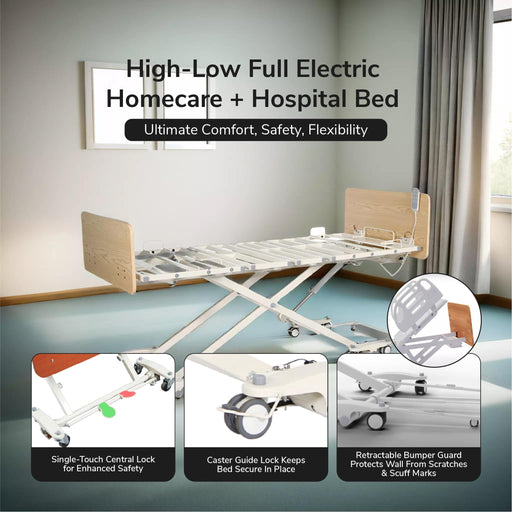
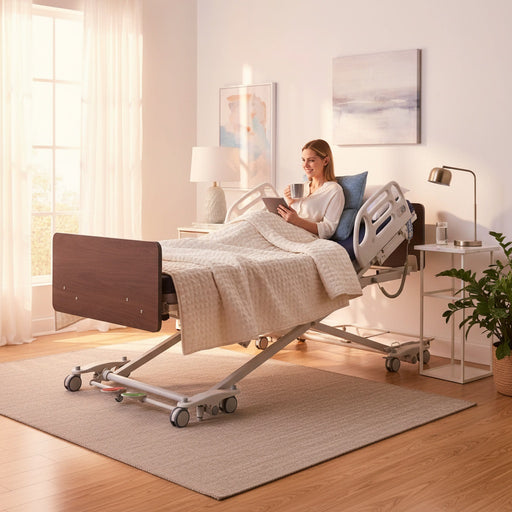
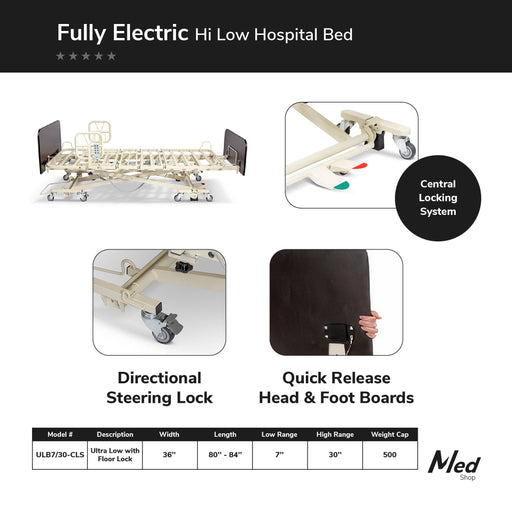
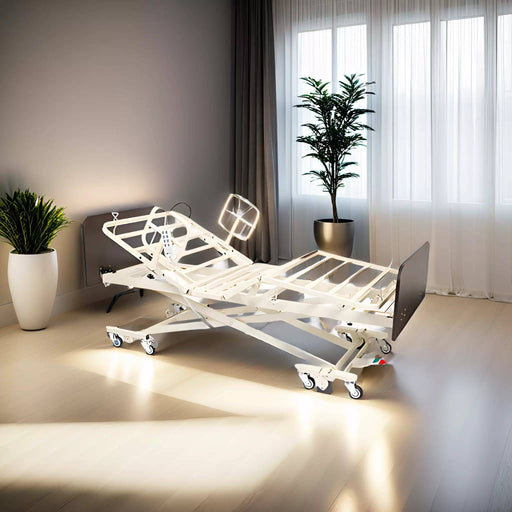


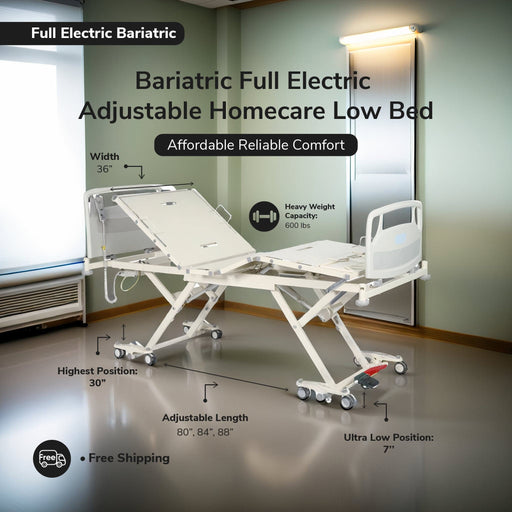
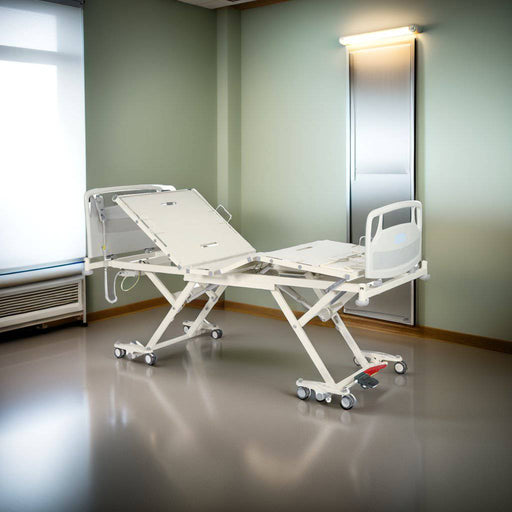
Leave a comment